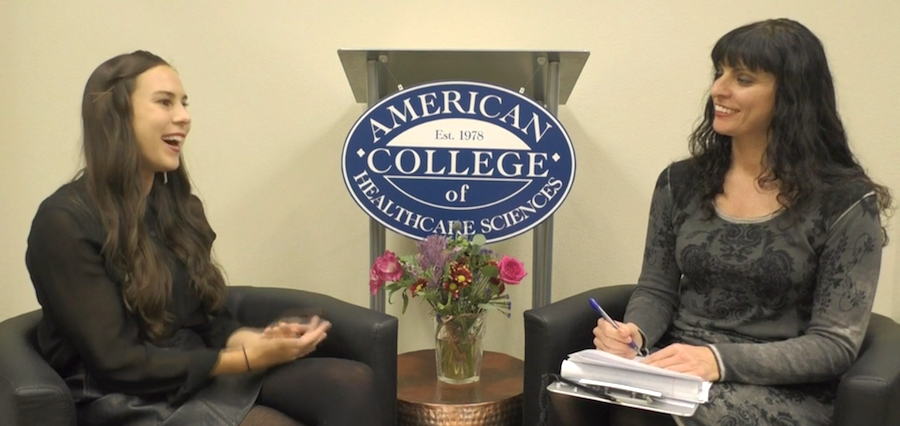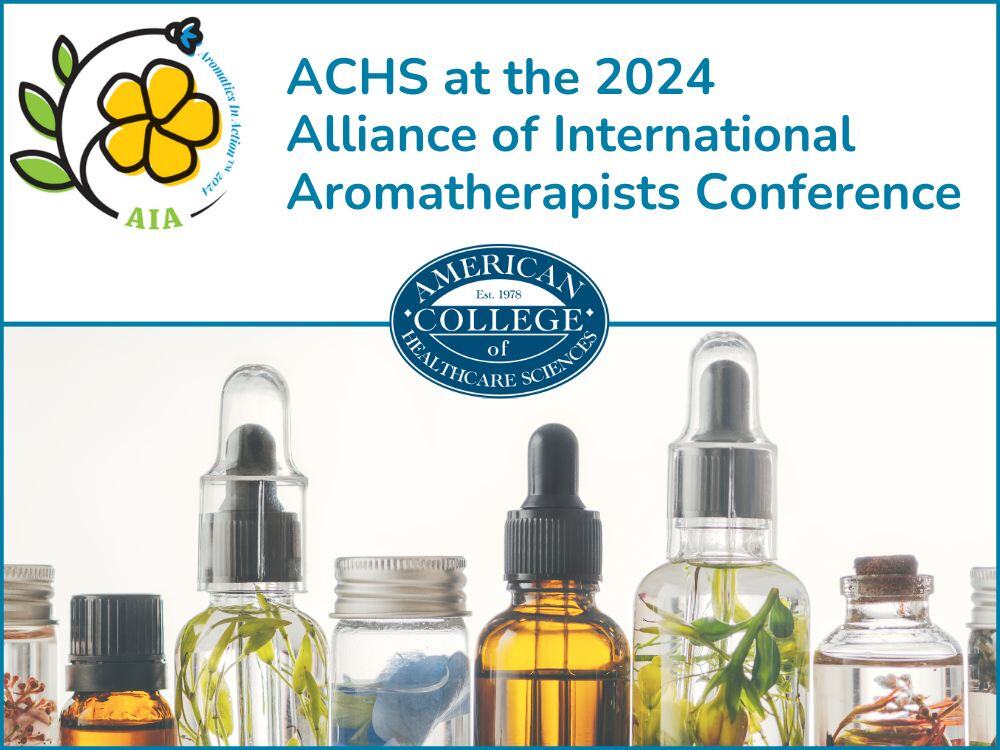While at first glance essential oils and aromatherapy may appear to be only about scents and mood, they’re actually part of a unique area of study in organic chemistry. Chemistry and aromatherapy have gone hand-in-hand throughout history. The quest to extract and study plant volatiles led, in part, to the progression and development of chemistry itself; from improvements in distillation equipment and techniques to mapping the first structures of organic compounds.[1,3]
Today, chemistry, essential oils, and aromatherapy are still closely intertwined. It is important for everyone who works with essential oils to understand the roles chemistry and chemists play in the field of aromatherapy, as well as how aromatherapists are shaped and guided by chemical knowledge.
What is the role of chemistry in aromatherapy?
The first role of chemistry in aromatherapy is essential oil extraction.
The first role chemistry plays in the field of aromatherapy is the extraction of the essential oils themselves. Essential oils are mixtures of volatile compounds, usually non-polar and fat soluble, which are produced in plant species. Each plant essential oil is composed of a combination of many chemical constituents, sometimes even over 100 different compounds in a single essential oil.
Essential oils are extracted from plants through steam or water distillation, solvent extraction, or expression. Sometimes, techniques such as enfleurage, the extraction of essential oils using animal fats or other types of fats and oils, are still utilized.[6]
Distillation itself is an important technique in organic chemistry. It is used to separate mixtures of liquids with different boiling points. This technique has many applications, from extracting alcoholic spirits from fermentation broths to turning crude oil into useful products like gasoline.
Each distillation requires its own set of parameters for temperature, pressure, and duration in order to extract the desired final product without degrading the chemical constituents during the process.[5] While not all essential oil distillers are trained chemists, the techniques they practice and perfect are solidly founded in chemical principles.
In recent decades, strides have been made to further the progress of solvent extraction techniques. Supercritical fluid extraction, for example, typically uses CO2 and is a highly desirable technique for extracting essential oils because it reduces the time to extract the essential oil, extracts the full profile of essential oil constituents, and it leaves behind virtually no residue of the solvent (CO2) with simply the release of pressure in the extraction equipment.
Another achievement with supercritical fluid extraction is that the plant material is not exposed to water during the extraction process. This type of extraction is usually performed by trained chemists under laboratory conditions, but it delivers a very desirable tool for aromatherapists. [4] It is a perfect example of chemistry and the chemist supporting aromatherapists.
The second role of chemistry in aromatherapy is analysis.
Once the essential oil is extracted, we see the next role of chemistry come into play. Using chemical analysis techniques—such as gas chromatography, mass spectrometry, nuclear magnetic resonance spectroscopy, and accelerator mass spectrometry radiocarbon dating—a chemist can determine the constituent profile of an essential oil.[2]
Chemists can also use library databases of past essential oil analyses to determine the quality of an essential oil. A chemist might consider the percentage of each constituent in the essential oil, if the oil contains all of the expected constituents, or if there are indications that synthetic additives are present.
This entire process guarantees an aromatherapist that the essential oil they are working with is a true representative of the plant species’ essential oil, and contains no undesirable additives. Again, we see chemistry and the chemist supporting aromatherapists.
Aromatherapy Chemistry: Why It’s So Important
Once an essential oil is in the hands of an aromatherapist, the chemical knowledge of the aromatherapist becomes really important. While there are certainly many factors to help determine which essential oil(s) an aromatherapist might use in any given situation, or how they might use them, the chemistry of that essential oil(s) will always be relevant.
There are three important categories an aromatherapist or essential oil user must consider each time they utilize an essential—these categories are primarily determined by the chemical constituent profile of the essential oil:
Category #1: Essential Oil Aroma and Chemistry
The aroma of an essential oil is crafted by its constituent profile. Aromatherapists need to understand the correlation between the types of compounds found in an essential oil and the aroma of the essential oil, how quickly the aroma will dissipate, and also how the aroma will change over time (i.e., the top, middle, and base notes of an oil).
This information is pertinent for using a single essential oil, but even more so when creating a combination of essential oils and when trying to achieve (or avoid) a particular aroma.
Category #2: Essential Oil Therapeutic Actions and Chemistry
The therapeutic actions of an essential oil are crafted by its constituent profile. Research has shown that individual essential oil constituents do have therapeutic actions, but it has also been demonstrated that the complete essential oil works as a single agent, producing synergist therapeutic actions.[7,8]
Also, combinations of essential oils create additive and synergistic therapeutic actions.[9,10] For an Aromatherapist to effectively choose which essential oil or combination of essential oils they want to use in a situation, they need to have a working knowledge of the chemical constituents found in essential oils and their associated therapeutic actions.
Category #3: Essential Oil Safety and Chemistry
The safety synopsis of an essential oil is crafted by its constituent profile. Certain essential oil constituents are more irritant, sensitizing, photosensitizing, or even potentially toxic. Also, some types of constituents have contraindications or potential drug interactions. Conversely, some essential oil constituents are very non-irritating, non-sensitizing, non-toxic, and have few or no contraindications.
For an aromatherapist to effectively understand and follow safety guidelines for essential oil use, they need to have a working knowledge of the chemical constituents found in essential oils and their associated properties.
Beyond the Individual Aromatherapist: Pharmacognosy and Natural Product Research
A main area where we see chemistry and several other areas of science supporting aromatherapists and the field of aromatherapy is in pharmacognosy and natural product research. Each research study investigating the constituents found in essential oils, the properties of these constituents, the factors that affect a plant’s essential oil production, or the many therapeutic applications essential oils and their constituents are being studied for, lends aromatherapists insight into their modality.
For some aromatherapy users and practitioners, chemistry can seem like a daunting or confusing area, and they might shy away from trying to learn it. But, it is easy to see that chemistry and chemists are continually supporting the creation of essential oils, as well as the field of aromatherapy itself. It benefits aromatherapists to embrace the chemistry behind the essential oils, as it will offer them greater insight and confidence in all aspects of their essential oil use.
It may even one-day lead to more aromatherapists and scientists working side by side to study this ever evolving field.
Want to learn more about aromatherapy and chemistry? Take the 90 minute on-demand course, “Introduction to Essential Oil Chemistry” by ACHS faculty member Amanda Lattin.
References
[1] Fairley, T. (1907). The early history of distillation. Journal of the Institute of Brewing, 13, 559-582. doi:10.1002/j.2050-0416.1907.tb02205.x
[2] Keck, B.D., Ognibene, T., & Vogel, J.S. (2010). Analytical validation of accelerator mass spectrometry for pharmaceutical development. Bioanalysis, 2(3), 469-485. Retrieved from http://doi.org/10.4155/bio.10.14
[3] Croteau, R. (1998) Discovery of Terpenes. In Kung, S.D, & Yang, S.F. (Eds.). (pp.329-344) Discoveries in Plant Biology, Vol. I. Singapore: World Scientific.
[4] Reverchon, E., Porta, G.D., & Senatore, F. (1995). Supercritical CO2 extraction and fractionation of lavender essential oil and waxes. Journal of Agricultural and Food Chemistry, 43(6), 1654-1658.
[5] Distillation. (2016). In Encyclopedia Britannica. Retrieved from https://www.britannica.com/science/distillation
[6] Hunsu Can Baser, K. & Buchbauer, G. (Eds.). (2016) Handbook of Essential Oils. (2nd ed.) Boca Raton, FL: CRC Press.
[7] Hąc-Wydro, K., & Szydło, K. (2016). The influence of environmentally friendly pesticide - Eucalyptol - alone and in combination with terpinen-4-ol - on model bacterial membranes. Colloids Surf. B. Biointerfaces, 146, 918-923. doi: 10.1016/j.colsurfb.2016.07.044.
[8] Liu, Q., Niu, H., Zhang, W., Mu, H., Sun, C., & Duan, J. (2015). Synergy among thymol, eugenol, berberine, cinnamaldehyde and streptomycin against planktonic and biofilm-associated food-borne pathogens. Lett Appl Microbiol., 60(50), 421-430. doi: 10.1111/lam.12401
[9] Gutierrez, J., Barry-Ryan, C., & Bourke, P. (2015). The antimicrobial efficacy of plant essential oil combinations and interactions with food ingredients. Int J Food Microbiol., 124(1), 91-7. doi: 10.1016/j.ijfoodmicro.2008.02.028.
[10] de Rapper, S., Van Vuuren, S.F., Kamatou, G.P., Viljoen AM, Dagne E. (2012) The additive and synergistic antimicrobial effects of select frankincense and myrrh oils--a combination from the pharaonic pharmacopoeia. Lett Appl Microbiol., 54(4), 352-8. doi: 10.1111/j.1472-765X.2012.03216.x
This article is for informational purposes only. It is not intended to treat, diagnose, cure, or prevent disease. This article has not been reviewed by the FDA. Always consult with your primary care physician or naturopathic doctor before making any significant changes to your health and wellness routine.
Disclosure of Material Connection: I am a faculty member of American College of Healthcare Sciences (ACHS), the Institution that publishes this blog. However, all opinions are my own. This blog may contain affiliate links. I am disclosing this in accordance with the Federal Trade Commission’s 16 CFR, Part 255: “Guides Concerning the Use of Endorsements and Testimonials in Advertising.”






